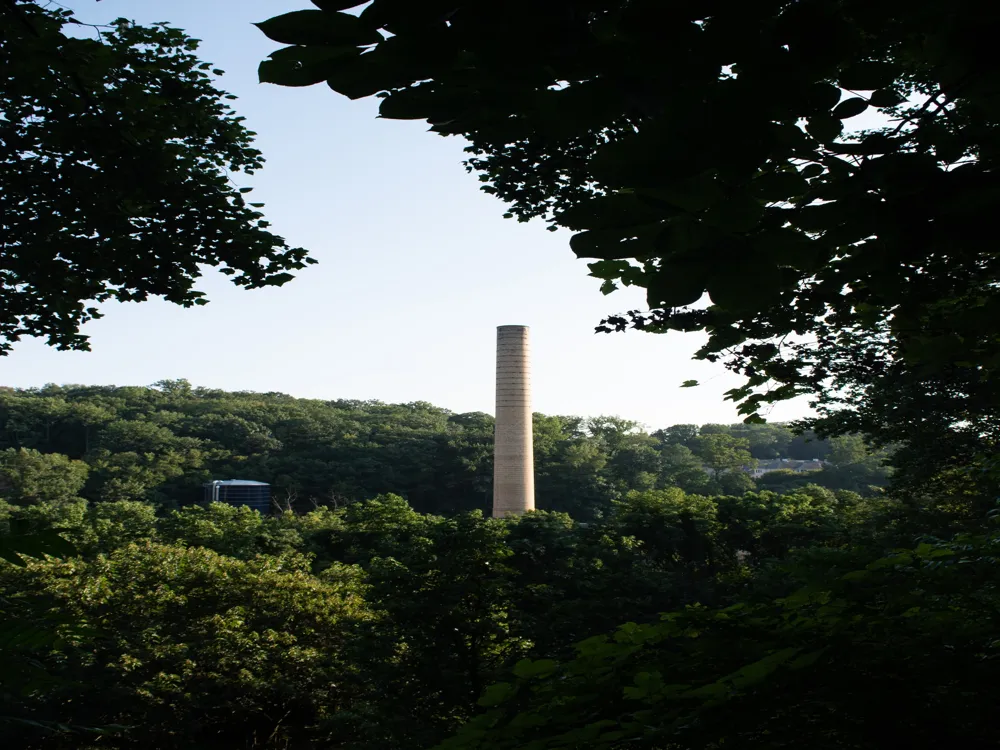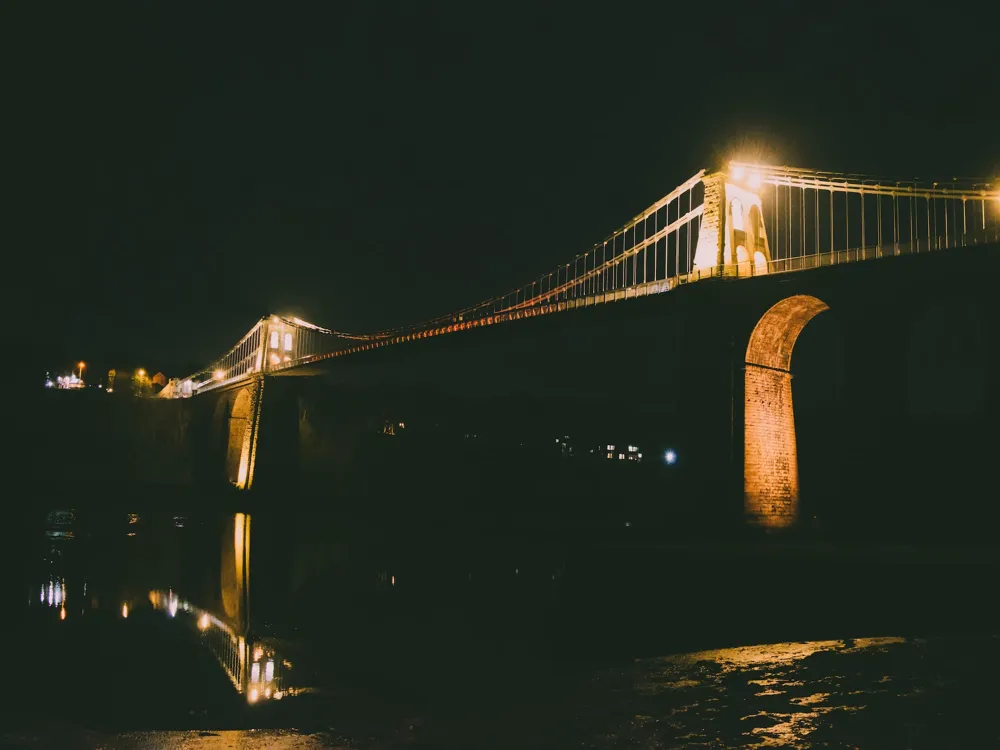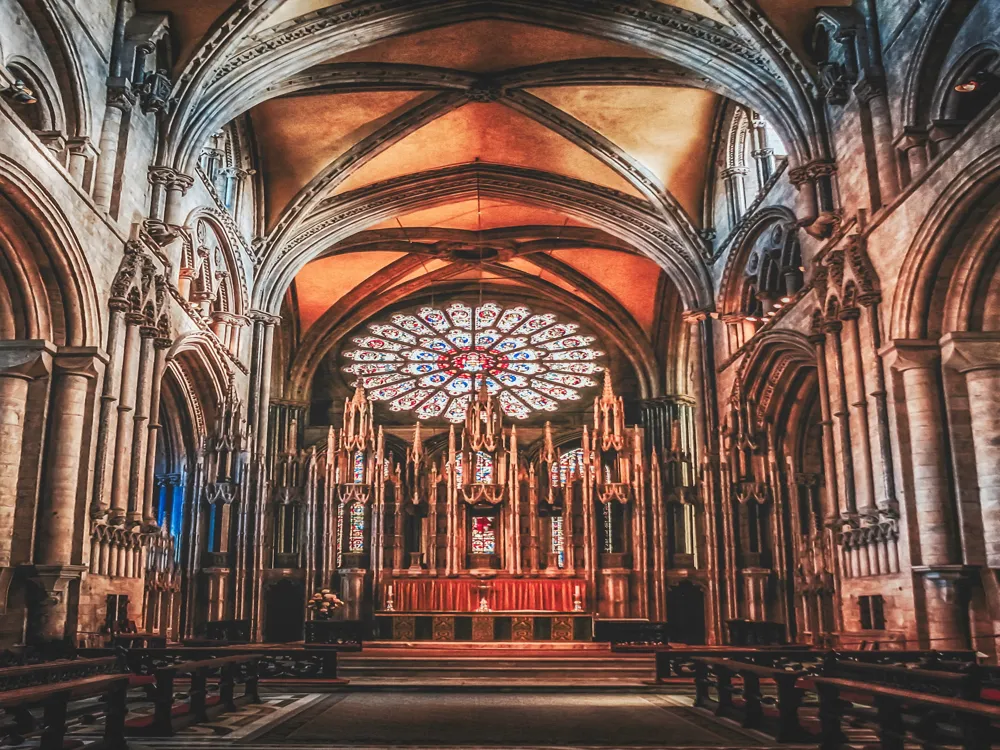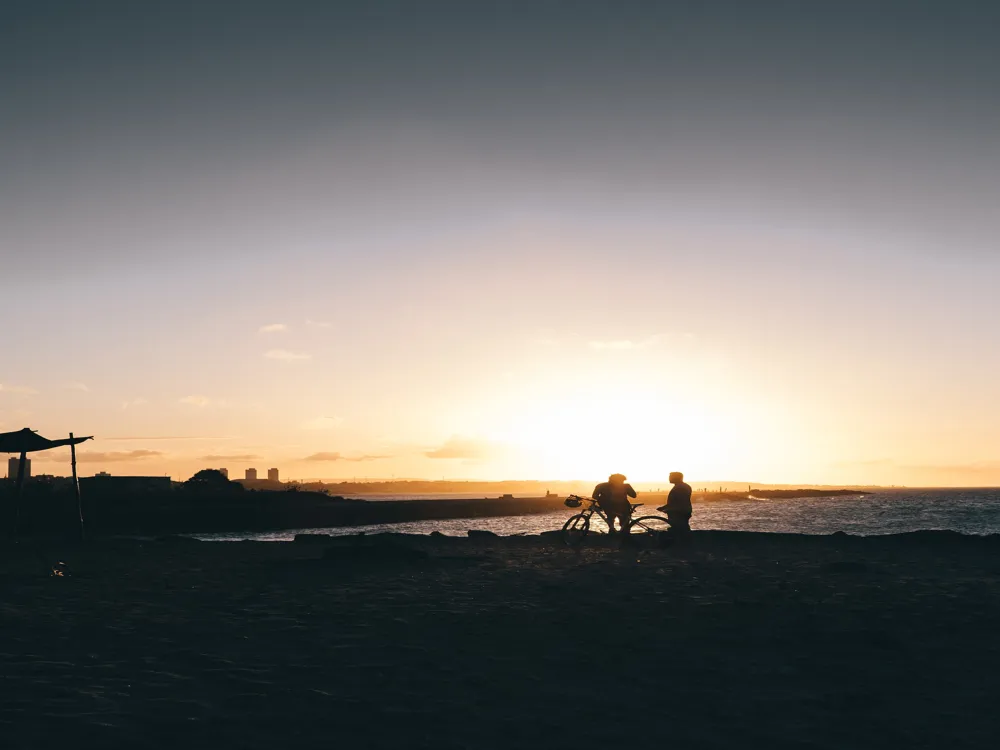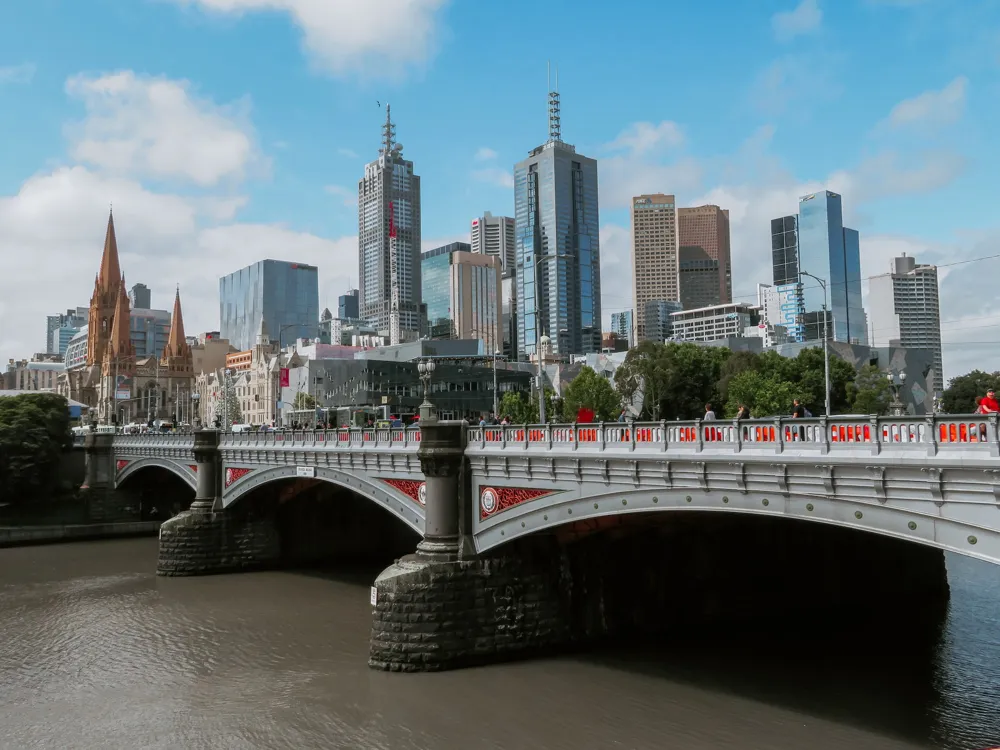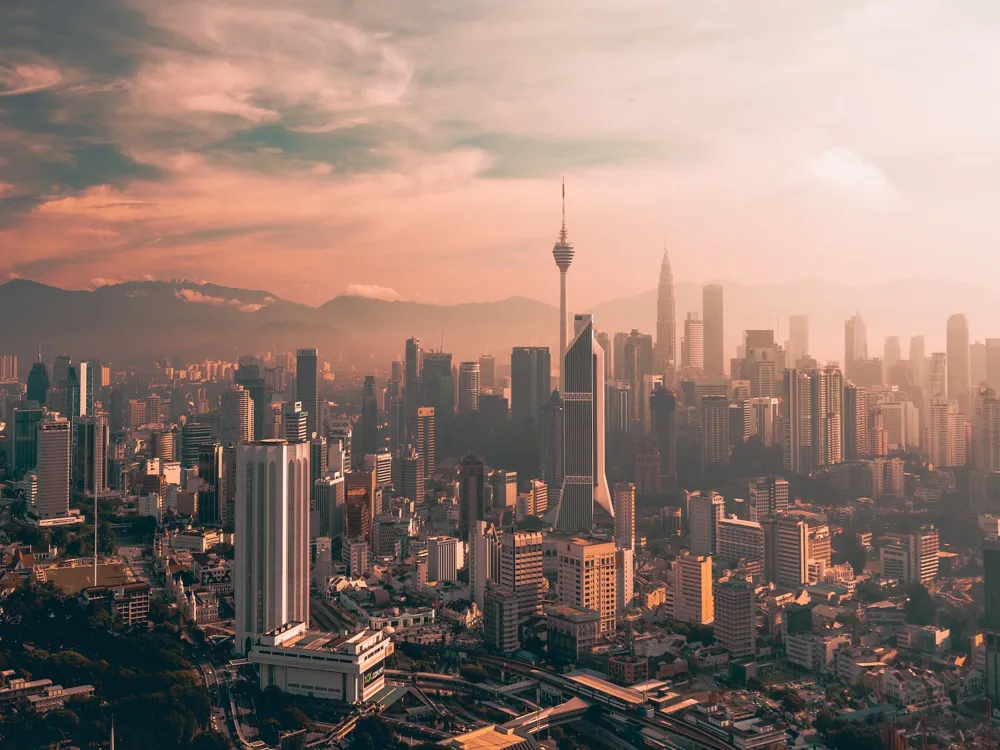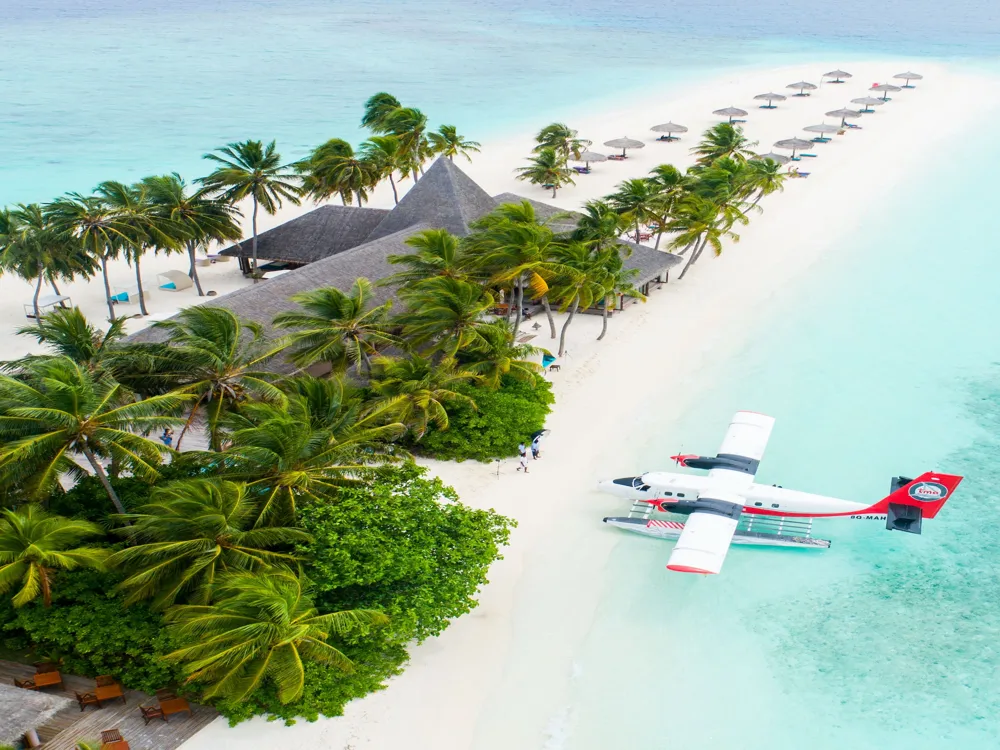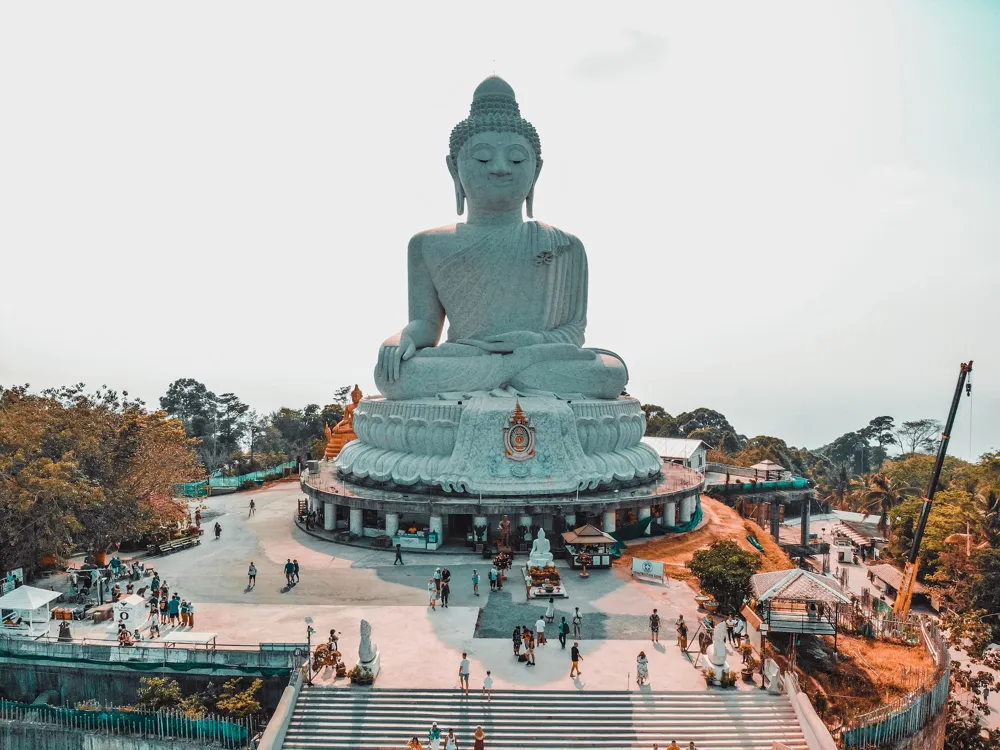Fortaleza, the capital city of the Brazilian state of Ceará, stands as a vibrant and culturally rich destination, renowned for its stunning beaches, lively nightlife, and rich colonial history. This coastal city, located in the northeastern part of Brazil, is not only a hub for tourism but also an important economic and industrial center in the region. The city's name, meaning 'fortress' in Portuguese, hints at its historical significance, dating back to its founding in 1726 when the Dutch built the Fort Schoonenborch. Today, Fortaleza is a blend of the old and the new, where traditional Brazilian culture intermingles with modern urban development.
The city's population, exceeding 2.6 million, makes it the fifth-largest city in Brazil. Fortaleza's climate is typically tropical, marked by high temperatures and relative humidity, offering a warm welcome to its visitors year-round. Its coastline, stretching over 34 kilometers, is dotted with an array of stunning beaches like Praia do Futuro, Meireles, and Iracema, each offering a unique experience to beachgoers. Beyond its natural beauty, Fortaleza is also famous for its cultural events, such as the annual Carnival and São João Festival, which showcase the city's rich traditions in music, dance, and cuisine.
Fortaleza's economy thrives on tourism, but it is also bolstered by other sectors like textiles, food processing, and commerce. The city serves as a gateway to other popular destinations in the Northeast of Brazil, making it a strategic point for visitors exploring this vibrant region. With its mix of beautiful beaches, cultural richness, and economic vitality, Fortaleza offers a unique and compelling experience for both domestic and international tourists.
Fortaleza's architecture is a testament to its rich history and cultural evolution. The city's architectural landscape is a mosaic of colonial buildings, modernist structures, and contemporary designs, reflecting its dynamic growth and diverse influences over the centuries. From the remnants of its colonial past to the bold statements of modern architecture, Fortaleza's buildings tell the story of a city that has continually reinvented itself.
The Forte de Nossa Senhora da Assunção, the fort that gave the city its name, stands as a symbol of Fortaleza's colonial past. This star-shaped fort, originally built by the Dutch and later taken over by the Portuguese, is a prime example of military colonial architecture. The José de Alencar Theater, another iconic structure, showcases a blend of Art Nouveau and neo-Gothic styles, serving as a cultural beacon in the heart of the city.
In contrast to these historical landmarks, Fortaleza's skyline is also marked by modern and contemporary architecture. The Edificio San Pedro, for instance, is a striking example of modernist architecture, while the Dragão do Mar Center of Art and Culture represents contemporary Brazilian architectural trends. This center, a sprawling complex dedicated to art and culture, features bold lines and an innovative use of space, reflecting the city's forward-thinking attitude.
As Fortaleza continues to grow, its architectural landscape evolves, blending the old with the new. This fusion creates a unique urban tapestry that mirrors the city's diverse cultural heritage and its aspirations for the future. Whether it's through its historic forts, ornate theaters, or cutting-edge cultural centers, the architecture of Fortaleza tells the story of a city that is constantly evolving, yet deeply rooted in its rich history.
The ideal time to visit Fortaleza is between July and December, when the weather is drier and more pleasant for exploring the city and its beaches. This period also coincides with several cultural festivals, offering a glimpse into the city's vibrant traditions.
Fortaleza offers a range of public transportation options, including buses and taxis. For convenience, consider using ride-hailing apps. Renting a car can be a good choice for exploring nearby attractions at your own pace.
Don't miss the chance to try local delicacies like Moqueca (a traditional fish stew), Baião de Dois (a dish made of rice and beans), and the famous Churrasco (Brazilian barbecue). Seafood is particularly fresh and abundant in Fortaleza.
While Fortaleza is generally safe for tourists, it's wise to take standard safety precautions. Avoid carrying large sums of money, be cautious in crowded areas, and stay in well-lit, populated zones during the night.
Brazilians are known for their warm and friendly nature. Greeting people with a handshake or a kiss on the cheek is common. Respect local customs and be open to new experiences to fully enjoy the rich culture of Fortaleza.
Reaching Fortaleza is convenient, with the city being well-connected by air, road, and sea. The Pinto Martins – Fortaleza International Airport serves numerous domestic and international flights, making it the primary gateway for visitors. For those traveling by road, well-maintained highways connect Fortaleza to major cities in Brazil. Additionally, the city's port, one of the busiest in the Northeast, offers another option for those arriving by sea.
Overview of Fortaleza
Architecture of Fortaleza
Tips When Visiting Fortaleza
Best Time to Visit
Transportation Tips
Local Cuisine
Safety Tips
Cultural Etiquette
How To Reach Fortaleza
Morro Branco
Fortaleza
NaN onwards
View fortaleza Packages
Fortaleza Travel Packages
View All Packages For Fortaleza
Top Hotel Collections for Fortaleza

Private Pool

Luxury Hotels

5-Star Hotels

Pet Friendly
Top Hotels Near Fortaleza
Other Top Ranking Places In Fortaleza
View All Places To Visit In fortaleza
View fortaleza Packages
Fortaleza Travel Packages
View All Packages For Fortaleza
Top Hotel Collections for Fortaleza

Private Pool

Luxury Hotels

5-Star Hotels

Pet Friendly







